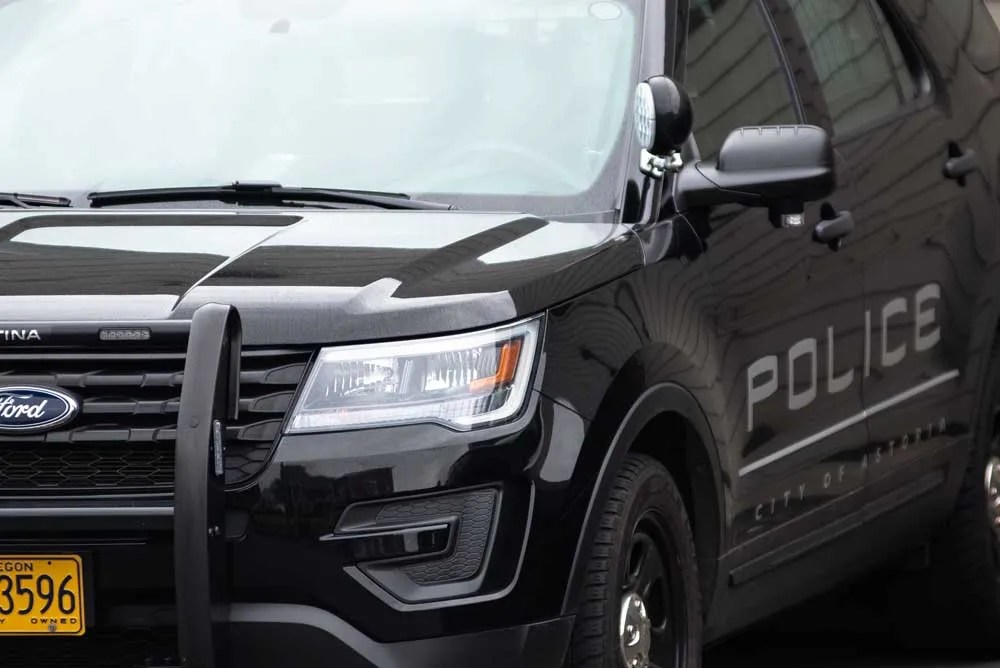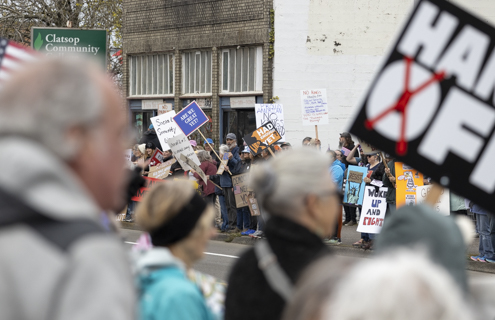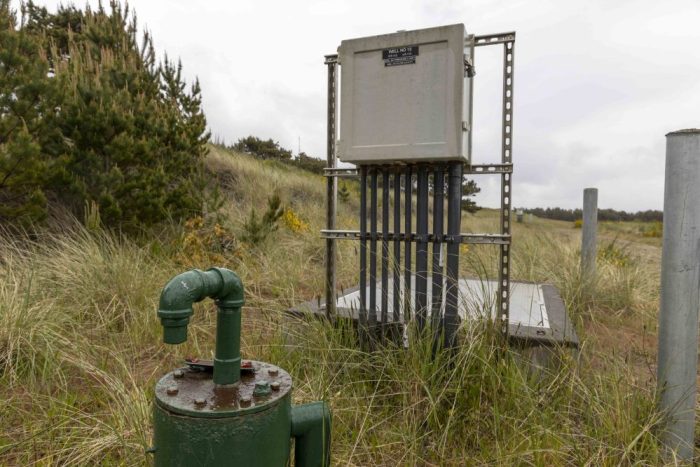Pacific Expedition begins crafting yachts at Tongue Point
Published 5:00 pm Monday, August 31, 2009
The industrial waterfront at Tongue Point in Astoria is seeing new business life these days, thanks to an intriguing firm with a maritime focus.
Pacific Expedition Yachts, which has another operation on the Central Oregon Coast, set up shop quietly at Tongue Point earlier this year and recently began production of custom luxury yachts at the east Astoria industrial site. The company hired six employees from the local area this summer, and their goal is to have a staff of 30.
Pacific Expedition builds large recreational motor catamarans designed for coastal and ocean voyaging. The price tag for one of its finished boats? Between $700,000 and $2 million.
John Shaw and Patrick Meyer own Pacific Expedition; the two business partners together span a gamut of skills.
Shaw is an experienced Pacific Northwest boat builder and artisan whose company Shaw Boats, based in Grays Harbor, built large custom sailing catamarans for about 15 years. Meyer is also a marine enthusiast whose specialties are customer service, marketing and public relations.
The company, which started about five years ago, is branching out to Astoria from its original home base in Toledo, Ore., on the Yaquina River.
The Toledo community shares some similarities with Astoria: it’s located just a few miles from the ocean, on a river with a deep-water channel.
After an initial few years of research and development, Pacific Expedition’s first boats are now being built in Astoria.
The type of boats the company builds has thus far been mostly the province of high-speed ferries and specialized military craft in the U.S, while recreational “cat” motorboats are something relatively new here.
“Other countries like France and New Zealand have motor cats,” Meyer said. “From an offshore perspective, the U.S. and the U.K. are the last bastions of monohulls.”
Inside an old hangar building at Tongue Point, on the former premises of a WWII Navy seaplane base, are two large yachts in progress. Curved pieces of composite boat parts lie on the floor, waiting to be assembled. The pungent smell of epoxy resin permeates the air – evidence that fiberglass construction is taking place. To Meyer it smells like progress.
But creating a custom yacht is a careful, painstaking process. “We build them one at a time,” he said.
One of the boats under construction is a 44 ft.-long motor cat designed for coastal cruising.
The other is a massive 65 ft. ocean expedition cat that will have a working range of about 3,000 miles.
Out of the water, both hulls look surreal and oddly curved, and the huge span between the hulls on the 65-footer allows for roomy cabins.
Meyer said the concept of a catamaran motor yacht is catching on with a certain segment of the boating public.
“We’re in the process of building the brand,” he said. “Cats by nature are a niche market.”
Meyer said the company has gotten inquiries from divers, treasure hunters, and charter boat operators who are looking for a roomy, stable platform at sea.
The catamaran design also features shallow draft – meaning even a large Pacific Expedition yacht will need less than four feet of water under the bottom. This gives the boats greater range without danger of running aground. They can reach speeds of 20 knots, far faster than most recreational monohulls of the same length. That high speed capability, Meyer said, is a deterrent to piracy that appeals to expedition voyagers in some parts of the world.
Another segment of Pacific Expedition clients are wealthy retirees who are looking to enjoy their retirement years, and are still in the market for a high-end boat despite the recession.
“They can’t wait five to 10 years to get the boat they want,” Meyer said.
Most clients will pick up their boats at the Tongue Point factory and motor them home, which could potentially be anywhere on the globe.
Shaw said Australian naval architect Stuart Bloomfield created the basic hull design, but owners can potentially have a great deal of input about interior features and décor to make sure the boat fits their tastes and needs.
Meyer said the boats feature luxury accommodations specially designed for efficiency at sea. Amenities include granite countertops with baffle construction that reduce the weight of a given boat by 700 lbs. compared to conventional materials – a consideration in this era of pricey diesel fuel.
Shaw said catamarans can be the ultimate “green” boat in terms of fuel consumption because they are light to begin with and carry no ballast. That translates into less diesel burned per mile and a smaller carbon footprint overall.
The wide base of the vessel creates high initial stability – meaning it’s unlikely to capsize. Their composite construction makes them almost unsinkable: even the parts will float.
“The nature of the boat is that its seakeeping ability is excellent,” Shaw said.
Shaw and Meyer hope PE’s presence at Tongue Point will encourage other maritime-related businesses to locate there. Pacific Expedition’s growth plans include adding motorsailing catamaran yachts to their inventory, with another unusual feature – hybrid electric engines.
“As people get into bigger yachts, we see it as an expedition boat,” Meyer said. “This is the platform for a thousand passions.”





